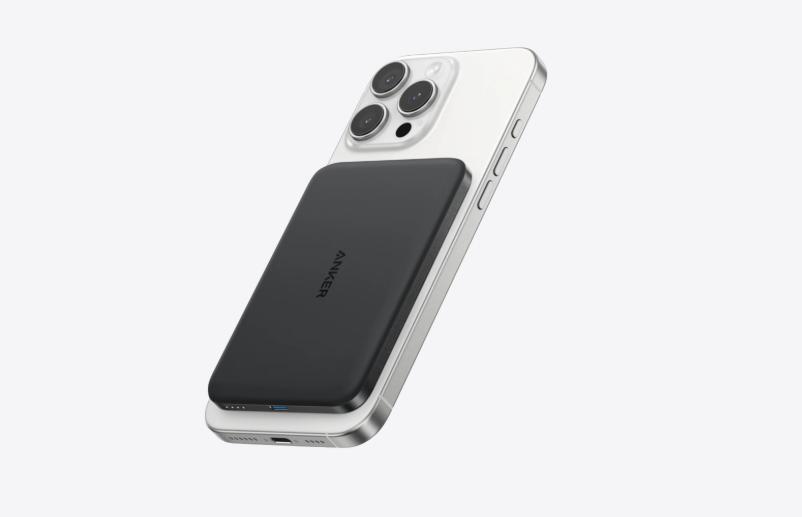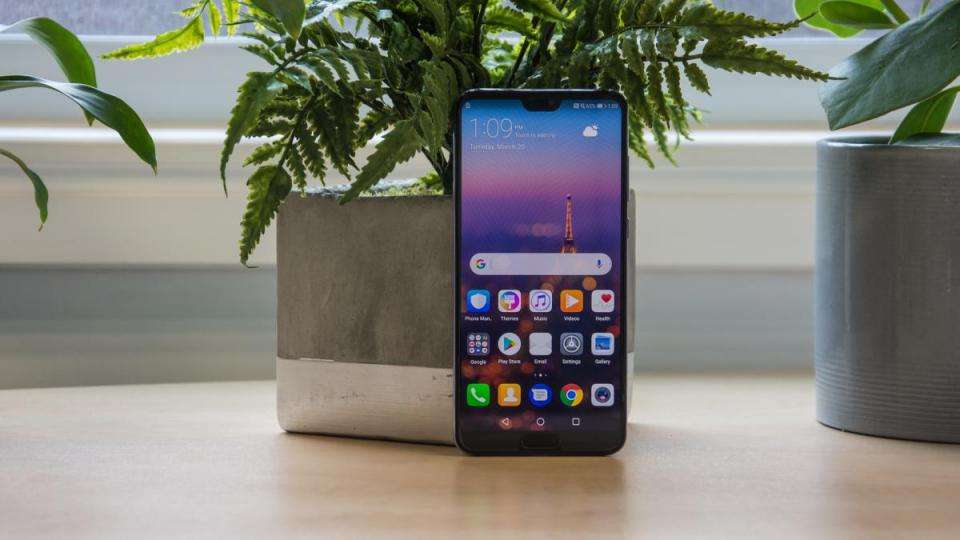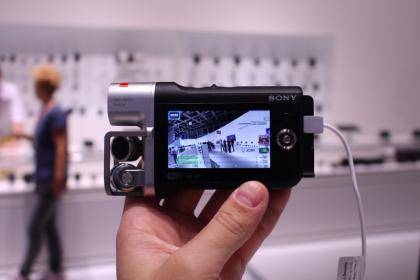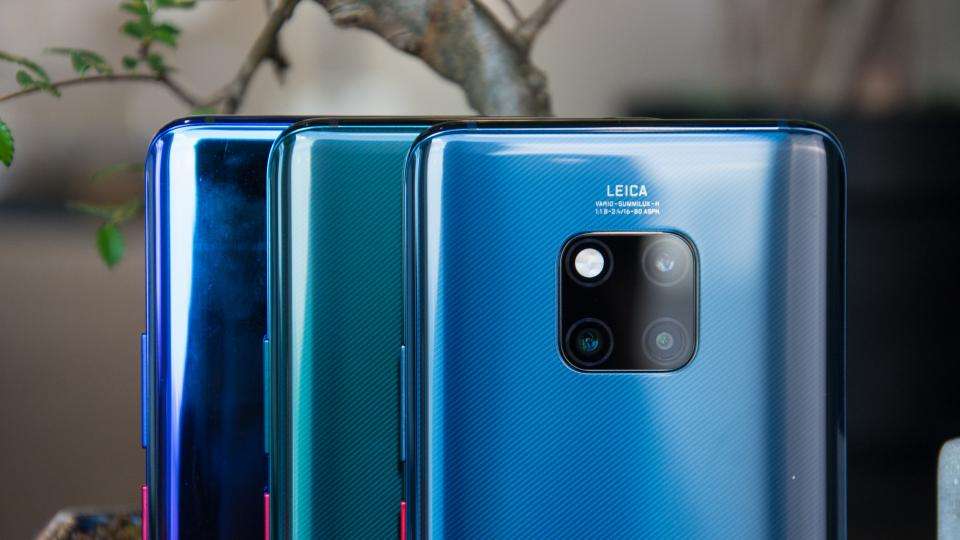Effective power bank usage is crucial for safe charging and device longevity. As portable and convenient sources of power, these devices make our tech-driven lives much easier, whether you’re on a plane or hiking in the wilderness. However, the wrong power bank or improper usage can lead to overheating, damage, or worse. This guide will equip you with all the necessary information to make informed decisions about buying and using power banks. By understanding safety features, proper handling, and maintenance, you’ll ensure not only the longevity of your power bank but also the safety of your devices.

Understanding Power Bank Safety
Benefits of Safe Power Bank Use
Using a power bank safely can significantly enhance your mobile experience. A well-chosen, safe power bank offers efficient charging, extending device life and minimizing risks. It provides convenience, freeing you from wall sockets and ensuring your devices are charged during crucial moments, whether in a business meeting or on an adventurous trek.
Why Proper Usage is Crucial
Proper usage of power banks is essential to prevent accidents such as overheating and short-circuits, which can damage devices or even cause fires. Ensuring compatibility between the power bank and your device is critical. Incorrect voltage or current levels can degrade battery health, thereby impacting performance. With proper usage, you ensure not just the durability of your power bank but the longevity and safety of your gadgets.
Choosing the Right Power Bank for Safe Usage
Factors to Consider When Purchasing a Power Bank
Choosing the right power bank involves assessing capacity, output, and features. The Anker Nano Power Bank is ultra-slim and offers 15W MagSafe-compatible charging, ideal for sleek portability and safety. In contrast, the Anker Prime offers massive power with 250W multi-device fast charging, suitable for more demanding needs. Select a power bank that matches your charging requirements and lifestyle.
Importance of Brand Reputation
Opt for reputable brands like Anker, known for innovation and quality. These brands offer power banks with enhanced safety and speed, such as the Anker MagGo Power Bank, ensuring reliability and performance. Trusted brands also provide better customer support and warranty, adding security to your purchase.
Safety Certifications to Look For
Look for safety certifications like UL, CE, and FCC. These indicate the power bank meets safety standards. For instance, an Anker power bank comes with safety features and certifications that guarantee safe operation. Certifications are crucial in determining the safety and reliability of the power bank.
How to Safely Charge Your Devices with a Power Bank
Best Practices for Connecting Devices
Connect your device using manufacturer-recommended cables. Ensure the power bank is fully charged. With models like the Anker Prime, leverage the Anker app to optimize device battery life. Connect devices when the power bank is not too hot or cold, maintaining efficiency and safety.
Avoiding Overcharging and Undercharging
Avoid overcharging as it can lead to overheating and shorten battery life. Many power banks automatically stop charging when full; verify if your model, like the Anker Nano Power Bank, offers this feature. Similarly, do not let the power bank fully deplete, as undercharging can also reduce its lifespan.
Impact of Temperature on Charging
Extreme temperatures can affect charging efficiency and cause potential damage. Keep power banks like the Anker MagGo around 104℉ to ensure safe handling and avoid performance issues. Keep them cool and avoid direct sunlight or freezing conditions for optimal performance and safety.
Power Bank Storage and Handling Tips for Safety
Proper Storage Practices
Store your power bank in a cool, dry place. The Anker MagGo’s ergonomic design makes it easy to carry, but ensure it’s in a case or pouch when not in use to prevent scratches or damage. Store it partially charged if you won’t use it for extended periods.

Handling Power Banks with Care
Handle your power bank with care to avoid drops or impacts that could damage internal components. Models like Anker’s, with sturdy metal frames, offer better durability. Always unplug when not in use and avoid bending or twisting cables.
Importance of Keeping Power Banks Dry
Moisture can lead to short-circuits and device damage. Ensure your power bank remains dry, especially during travel. Use water-resistant pouches if necessary. Keeping it dry will ensure safety and prolong its life.
The Importance of Regular Maintenance for Your Power Bank
How to Maintain Battery Health
Regularly check battery health by monitoring charge and discharge cycles. Use the Anker app for real-time stats and keep track of performance. Keeping your battery healthy ensures efficiency and longevity.
When and How to Replace a Damaged Power Bank
Dispose of a power bank if it no longer holds charge, becomes hot, or shows visible damage. Choose replacements with the latest technology like the Anker Prime series to ensure superior safety and performance. Follow local guidelines on proper disposal to prevent environmental harm.
Keeping Your Power Bank Clean and in Good Condition
Clean your power bank’s exterior using a soft, dry cloth to remove dust. Regular cleaning prevents port obstruction and maintains a sleek appearance. A clean power bank is more reliable and safer to use.
Conclusion
Power banks are invaluable in our on-the-go lifestyle, but require careful consideration and handling to ensure safety and efficiency. By understanding how to pick the right model, such as the Anker Nano or Anker Prime, and following safety tips, you can enjoy worry-free charging experiences. Keep your power bank in optimal condition with regular maintenance and proper storage. Armed with these insights, you’re now better prepared to choose and use your power bank safely, ensuring your devices remain charged and protected, whenever and wherever needed.






Leave a Reply